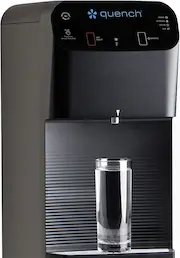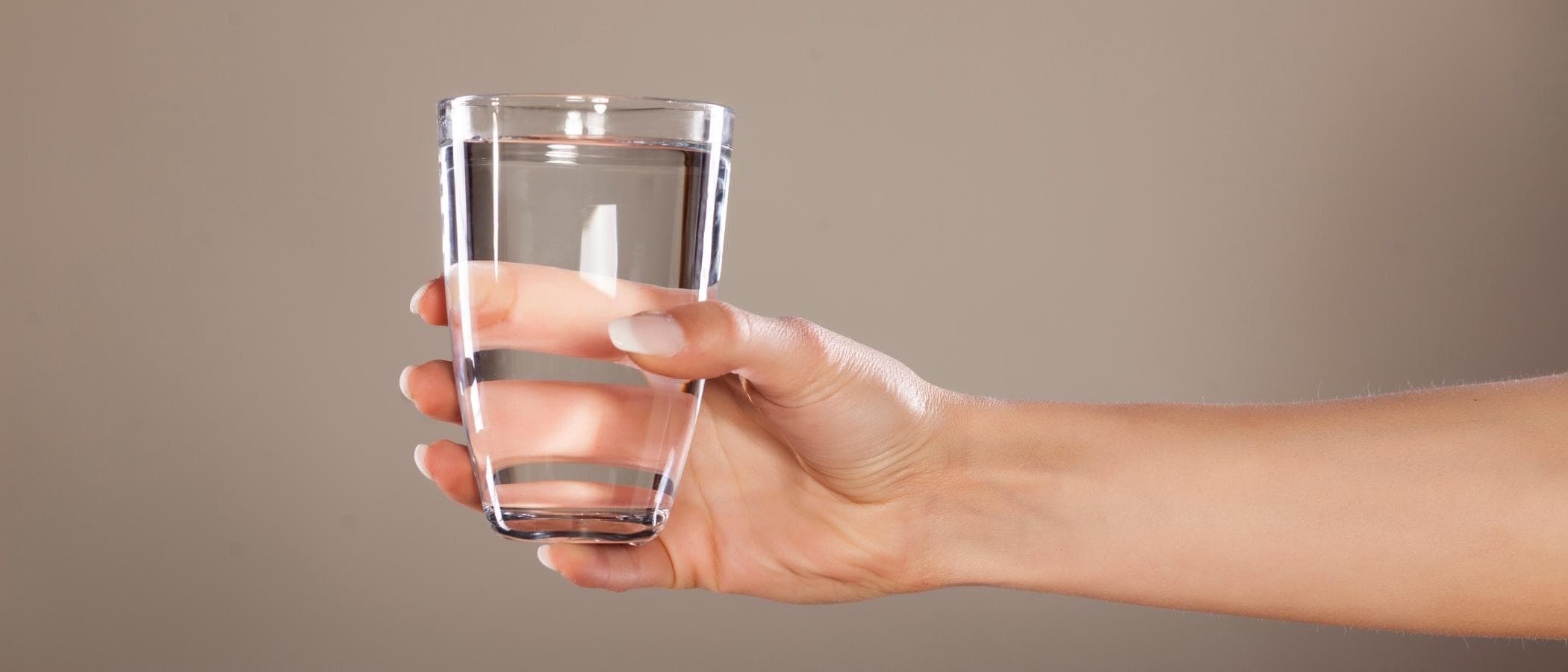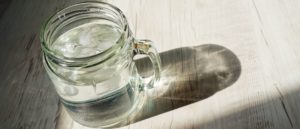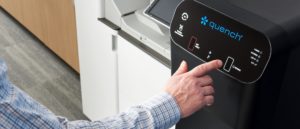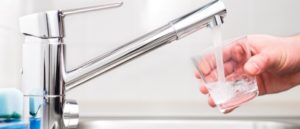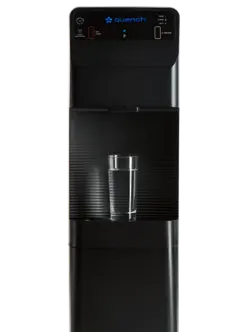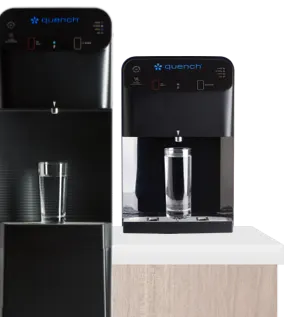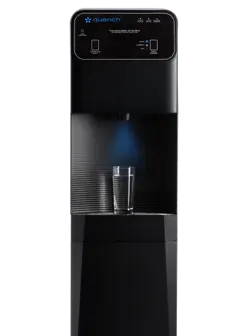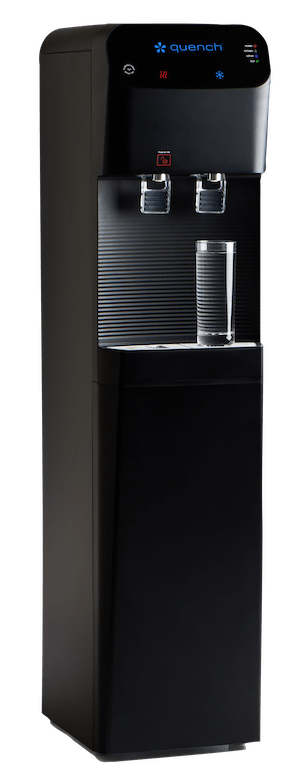Cases such as the water crisis in Flint, Michigan, demonstrate how tenuous our access to safe, clean drinking water can actually be — no matter where we live. In fact, thousands of potential contaminants can make their way into our drinking water, and the water infrastructure across the U.S. can’t always keep up with water filtration needs.
That’s a tough pill to swallow because as everyone knows, we need clean water to survive. If we can’t always trust the safety of the water coming out of our taps or wells, then it’s up to us to make it secure. That starts with knowing which contaminants to look out for, and how to ensure you’re providing your employees, customers, and other people around you with safe drinking water.
The Value of Clean Drinking Water
Clean drinking water is more than just a necessity — it’s one of the most valuable resources we have. It’s also vital for the future of your company. If you want to attract and retain top talent, as well as provide them with a healthy working environment, then you need to make sure they have access to clean drinking water at all times.
That means ensuring that the water you provide is safe, as well as testing it regularly to ensure it’s not contaminated by any harmful chemicals or bacteria.
The Most Common Drinking Water Contaminants
The Environmental Protection Agency’s Safe Drinking Water Act (SDWA) defines contaminants as “any physical, chemical, biological, or radiological substance or matter in water.” Put simply, a contaminant is any substance that isn’t water. However, not all contaminants harm the body when ingested, and they can make their way into drinking water in a number of ways.
For example, they can live in the pipes that connect to internal plumbing, so water gets contaminated on its way to taps. They can also infiltrate water sooner, in the form of industrial or agricultural run-off that gets into the water supply at the source and isn’t entirely removed during the treatment process. Finally, in some cases, contaminants are naturally present in the environment prior to water even being collected.
If water is highly contaminated, drinking it can cause illness within days or even hours of consuming it. The most common contaminants to reach high enough levels are bacteria and viruses. However, there are thousands of potential drinking water contaminants that can lead to mild to severe symptoms depending on how long a person is exposed and how healthy the person is.
The good news? No matter where you live, there are ways to make sure that the water you drink is safe.
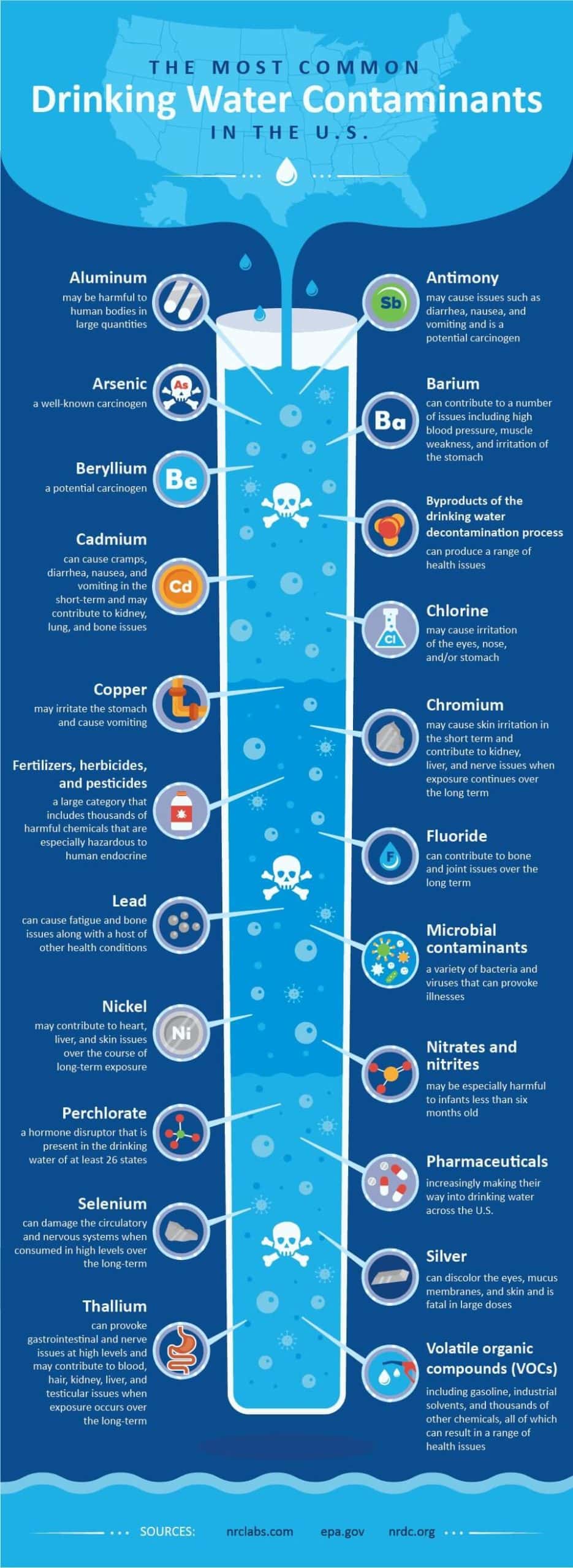
How to Guarantee Your Workplace Water Supply is Safe
With so many possible contaminants, it can be difficult to know if your workplace water supply is clean. However, there are strategies you can use to gain more peace of mind about your water quality and to ensure you’re providing safe water.
1. Invest in a good water filtration system.
Water filtration systems come in freestanding or countertop models. They can also feature a variety of filtration technologies like reverse osmosis filtration and advanced carbon filtration. The right system for your office will depend on the volume of water you need to filter, how many people it will serve, and its location.
However, no matter what type of water filter you choose, it’s best to look for a solution that’s certified and approved by NSF and ANSI — independent organizations that test products and develop the highest standards.
This will ensure your water is free from harmful levels of common contaminants such as bacteria, chlorine, lead, nitrates, pesticides, volatile organic compounds, heavy metals, and more.
2. Replace filters when you’re supposed to.
Water filtration systems work better when they’re properly maintained and serviced. For this reason, it’s critical to follow the care instructions for your system — especially as they relate to filter replacement — so that you have uninterrupted access to clean drinking water.
Replacement guidelines vary depending on the filter, but this step is vital because if the filters aren’t changed as often as they should be, contaminants that have been trapped in them will leach into your drinking water.
3. Contact your local government for water quality information.
Municipalities should maintain a database of information about local water quality, as well as the number and location of lead pipes. If you want more information concerning the quality of your local drinking water and potential contaminants, contact your state or county health and human services department.
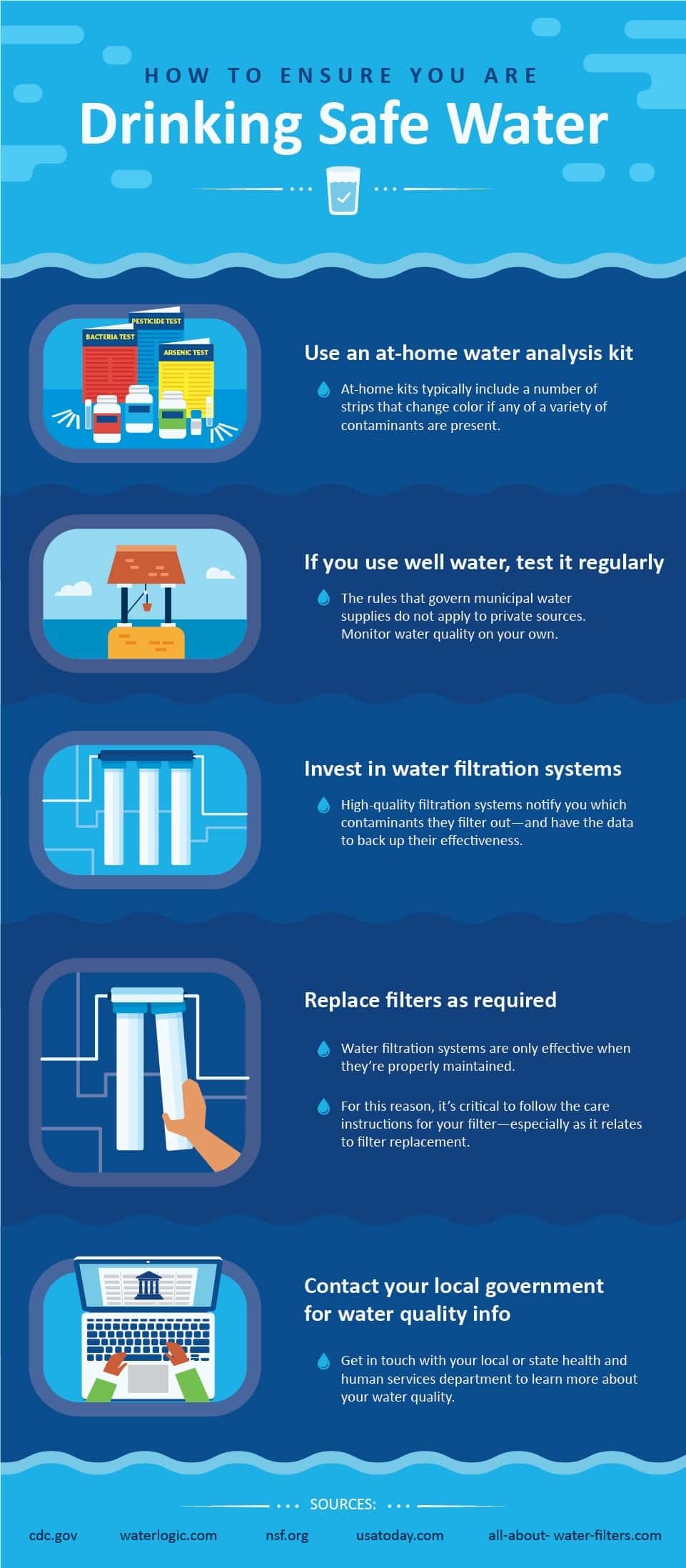
Provide Clean Drinking Water With a Bottleless Cooler From Quench
A better water system has a large impact on human health and productivity; it’s likely one of the most effective ways to improve morale among your workforce.
Choosing to rent a bottleless water cooler from Quench means you have access to an endless supply of premium filtered water for up to 80% less of the cost of bottled water delivery. Our advanced solutions connect directly to your building’s existing public water supply and use cutting-edge technology to ensure that clients have high-quality, contaminant-free, and great-tasting fresh water.
Our products have point-of-use cleaning technologies such as carbon filtration, reverse osmosis, UV cleaning, and antimicrobial surface protection to remove sediment and reduce lead and other chemical contaminants — all while eliminating unpleasant tastes or smells.
So, if you’re ready to join over 100,000 businesses nationwide driving workplace hydration and operational efficiency, try our product finder to discover the machine that’s the right fit for you. You can also chat with a Quench water expert or get a free quote to get started.
